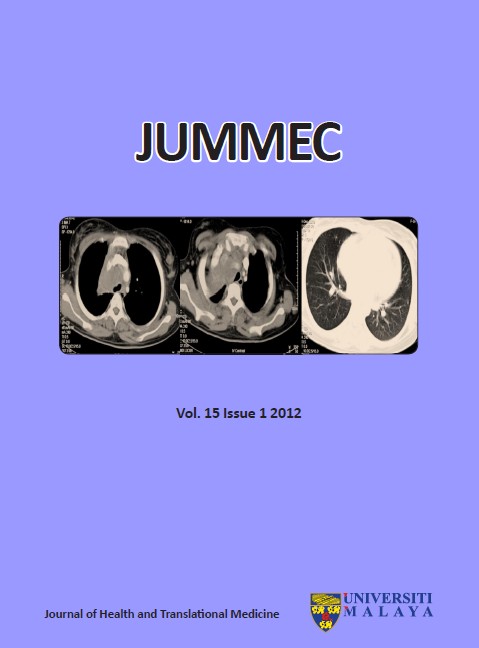LEISHMANIASIS IN SOUTHEAST ASIA: THE STORY OF THE EMERGENCE OF AN IMPORTED INFECTION IN A NON-ENDEMIC AREA OF THE WORLD
Abstract
Leishmaniasis is a recognized medical condition which, although uncommon, results in early patient mortality. It is however fortunate that such condition is treatable if detected early. Although this condition is mainly found in many Middle Eastern countries, other parts of the world may still be affected largely due to large population migration and ease of travel made possible by modern transportations. It is therefore of paramount importance that such a condition be recognized by health providers because early detection may help to prevent early fatality. In this article, a brief summary of leishmaniasis in Southeast Asia is discussed and how at one time, this condition which was thought to be irrelevant to this part of the world may again emerge as a common medical condition. The article aims to make the readers aware of the existence of this disease and that this disease should be considered as a probable diagnosis since its early identification can lead to better cure rates.
Downloads
Published
Issue
Section
License
All authors agree that the article, if editorially accepted for publication, shall be licensed under the Creative Commons Attribution License 4.0 to allow others to freely access, copy and use research provided the author is correctly attributed, unless otherwise stated. All articles are available online without charge or other barriers to access. However, anyone wishing to reproduce large quantities of an article (250+) should inform the publisher. Any opinion expressed in the articles are those of the authors and do not reflect that of the University of Malaya, 50603 Kuala Lumpur, Malaysia.


